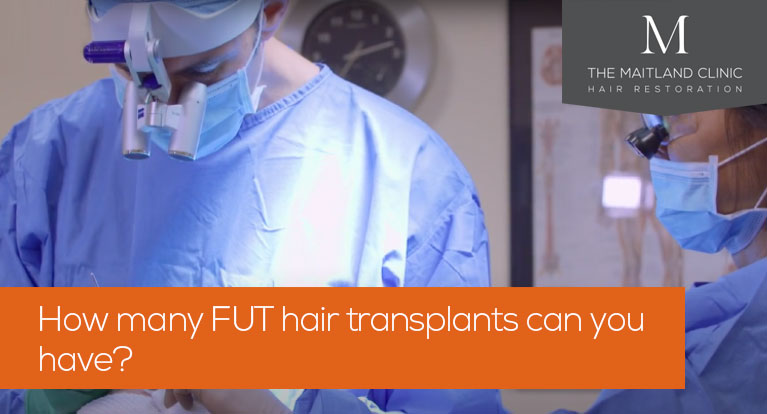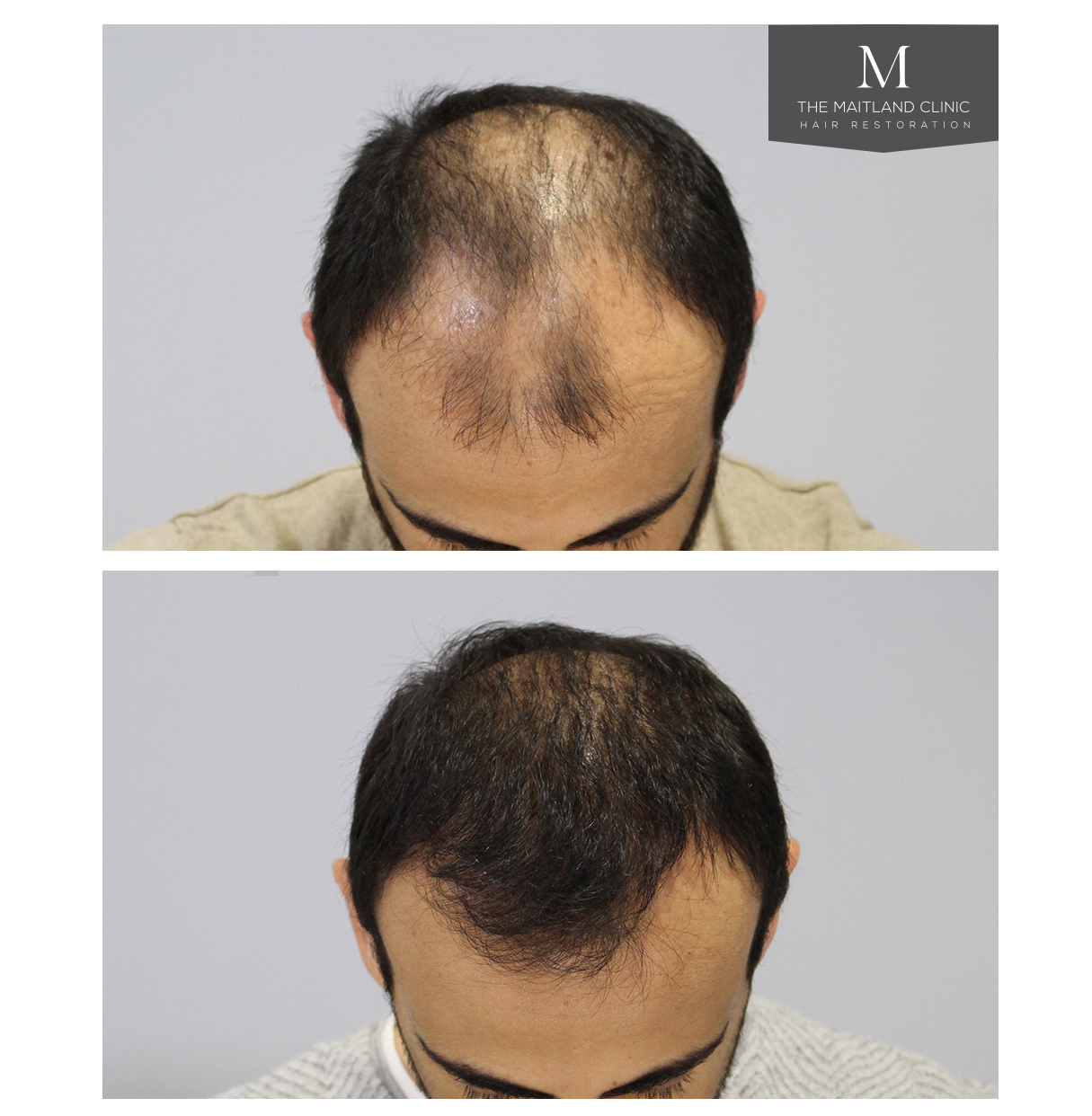How many FUT hair transplants can you have?
26th July 2020

When considering hair restoration treatment, many patients are keen to know whether they can have more than one hair transplant should the need arise. At The Maitland Clinic, we’re often asked questions such as “how many FUT hair transplants can you have?”. Our team will be happy to answer such questions for you in more detail, but this post provides an overview.
So, how many FUT hair transplants can you have? As with other aspects of hair restoration, how many FUT hair transplants you can have depends on a variety of factors unique to the individual. The number of FUT hair transplants a person can have is determined by the total amount of grafts available. This figure varies between patients but it’s often possible to transplant a total of 6,000 to 7,000 grafts by FUT/strip during an individual’s lifetime.
Before we consider this further, it’s important to understand how an FUT hair transplant works and what’s involved.
What happens during an FUT hair transplant?
The process involves removing a thin strip of hair-bearing skin from an area of the scalp where hairs are genetically programmed to grow for life (the ‘donor area’). This is usually located at the back and sides of the patient’s head.
The strip is placed under a powerful microscope and divided into individual follicular units comprised of one to four hairs. The Maitland Clinic’s leading surgeon, Dr Edward Ball, then makes tiny slits into the recipient area of the patient’s scalp before our highly skilled team of surgical assistants place the individual grafts into the recipient sites. This process is carried out with great care and precision to create a natural look.
The donor area is stitched closed and then usually covered by the surrounding hair. We ask that patients keep the hair length at the back of the head grade 5 or longer to allow the stitches to be covered after the surgery. The stitches are removed between 10 and 14 days after surgery and the donor area heals to form a linear scar. You can read more about the FUT procedure on our website.
How many FUT hair transplants can you have?
While it is possible and, in some cases, necessary, to have more than one FUT hair transplant, it’s important to understand that there is a limited supply of donor hair. As the amount of available donor hair will vary from patient to patient, it’s difficult to quantify how many FUT hair transplants a person can have. Put simply, the answer will be different for each patient. The average figure is usually between 6,000 and 7,000 grafts, although this will be different for every patient.
The long-term donor hair supply will be influenced by how loose (or lax) the scalp skin is and by the density of the donor hair. There will be a greater supply of follicular units in someone with a higher number of hairs per square centimetre of donor scalp. The size of the patient’s head will also affect the total number of grafts available for transplantation. As you might expect, it’s usually possible to harvest more grafts from patients with a larger head circumference.
The FUT procedure typically gives access to a greater donor hair yield during an individual’s lifetime compared with the other main method of hair transplantation, known as Follicular Unit Excision (FUE). This often makes FUT the preferred treatment for patients who are aiming to achieve maximum fullness and coverage from their procedure.
Will I need more than one FUT hair transplant?
Planning and performing a successful FUT hair transplant can be challenging because hair loss is often a progressive process. Although the transplanted hair is genetically programmed to grow for life, the patient’s original native hair may continue to thin as time goes on.
This means that some patients may require more than one hair transplant during their lifetime. This might be to transplant hair to areas of ongoing hair loss or to add density to a previously transplanted area.
Patients with extensive or progressive hair loss and sufficient donor supplies may undergo 2 or 3 FUT hair transplants during their lifetime. Some patients will ultimately undergo a combination of FUT and FUE procedures in order to obtain the maximum possible yield of donor hair
To help stabilise hair loss and reduce the need for further surgery, we usually recommend that patients take hair loss medication such as finasteride and/or minoxidil following their treatment. Low level laser therapy and platelet-rich plasma can also help to control ongoing hair loss.
There are many factors that will affect how many FUT hair transplants you may need. These include the degree of hair loss, the progress of the hair loss over time, as well as your personal objectives and desired result. Rest assured that Dr Ball and the team at The Maitland Clinic will discuss these issues with you during the consultation period.
FUT hair transplants at The Maitland Clinic
The Maitland Clinic’s team, led by Dr Edward Ball, are world-renowned experts in FUT surgery. They combine technical skill, long experience and an understanding of the aesthetics of how hair grows to create a natural look that blends seamlessly with the patient’s native hair. You can view some of our FUT results in our online gallery.
Patients frequently comment on the honest and realistic advice they receive during a consultation at The Maitland Clinic. We will only recommend a procedure if it is truly the right step for you and if we believe there is a high chance of achieving a positive outcome. Our team will be happy to answer any questions that arise, such as how many FUT hair transplants you may need to achieve your desired outcome.
What’s more, with our exceptional aftercare service you’ll have access to a lifetime of professional hair care. This means you’re welcome to return to us at any point following your procedure, whether it’s for further check-ups and treatment, or simply for ongoing support and advice.
If you are considering a hair transplant, our experienced team can talk through the options with you to determine the best course of treatment. To arrange a consultation please call us on 02392 706 122 or email us at enquiries@themaitlandclinic.com.












